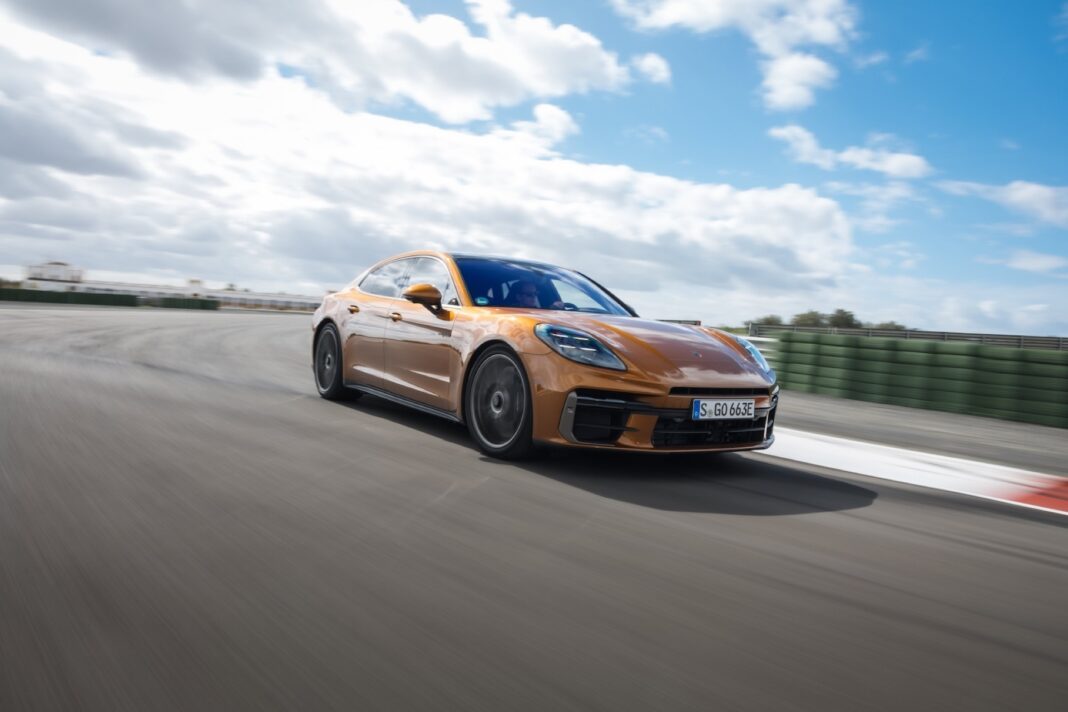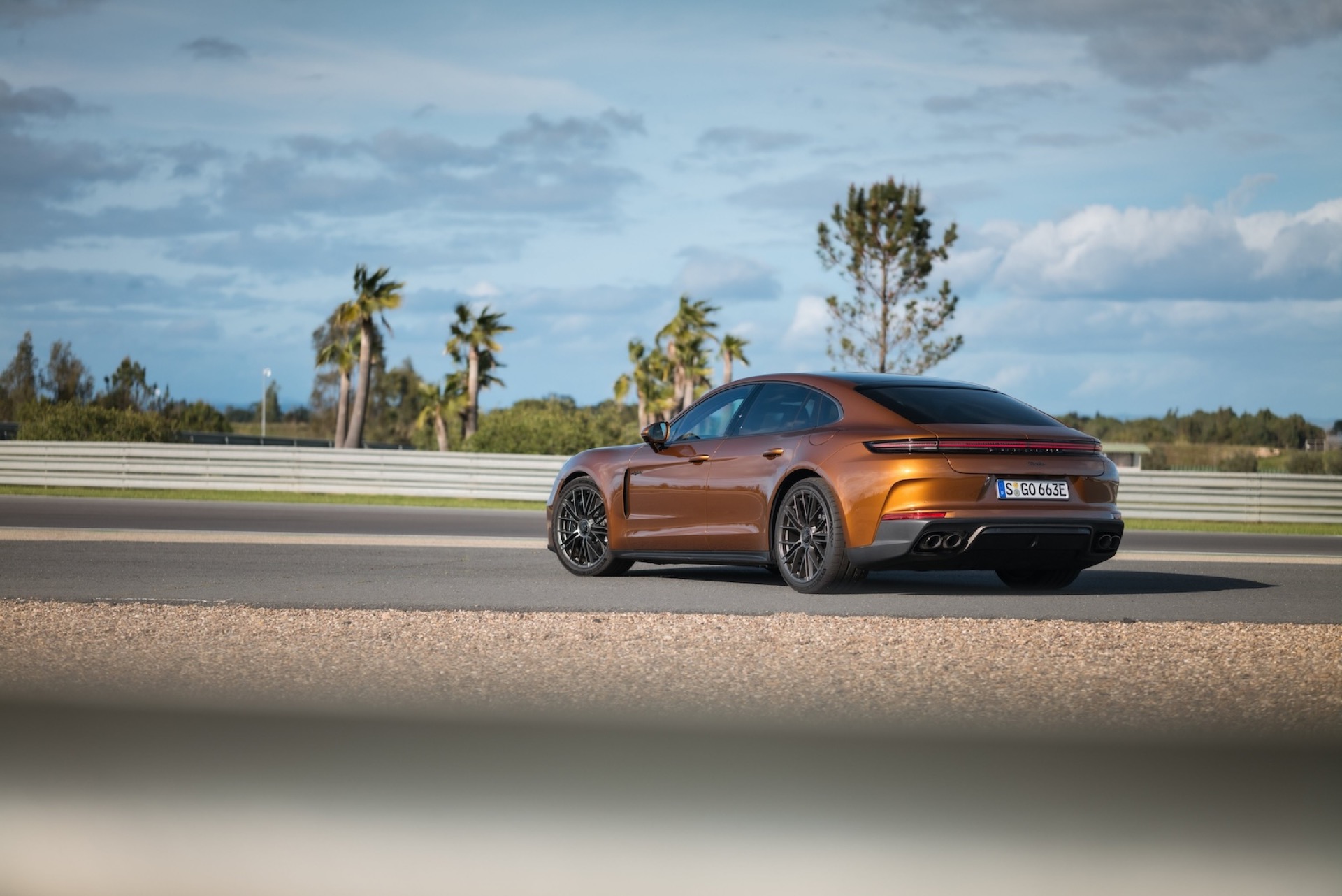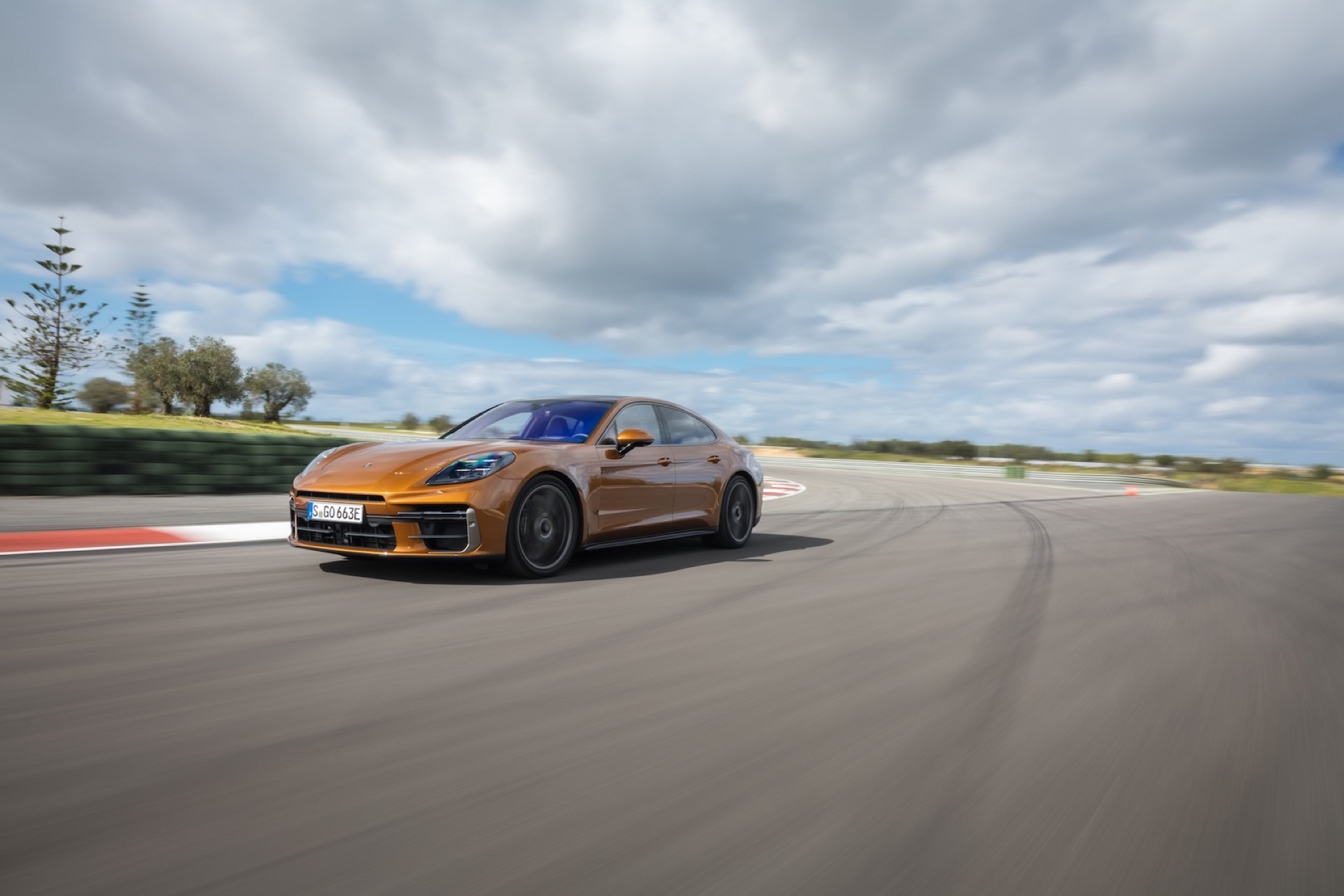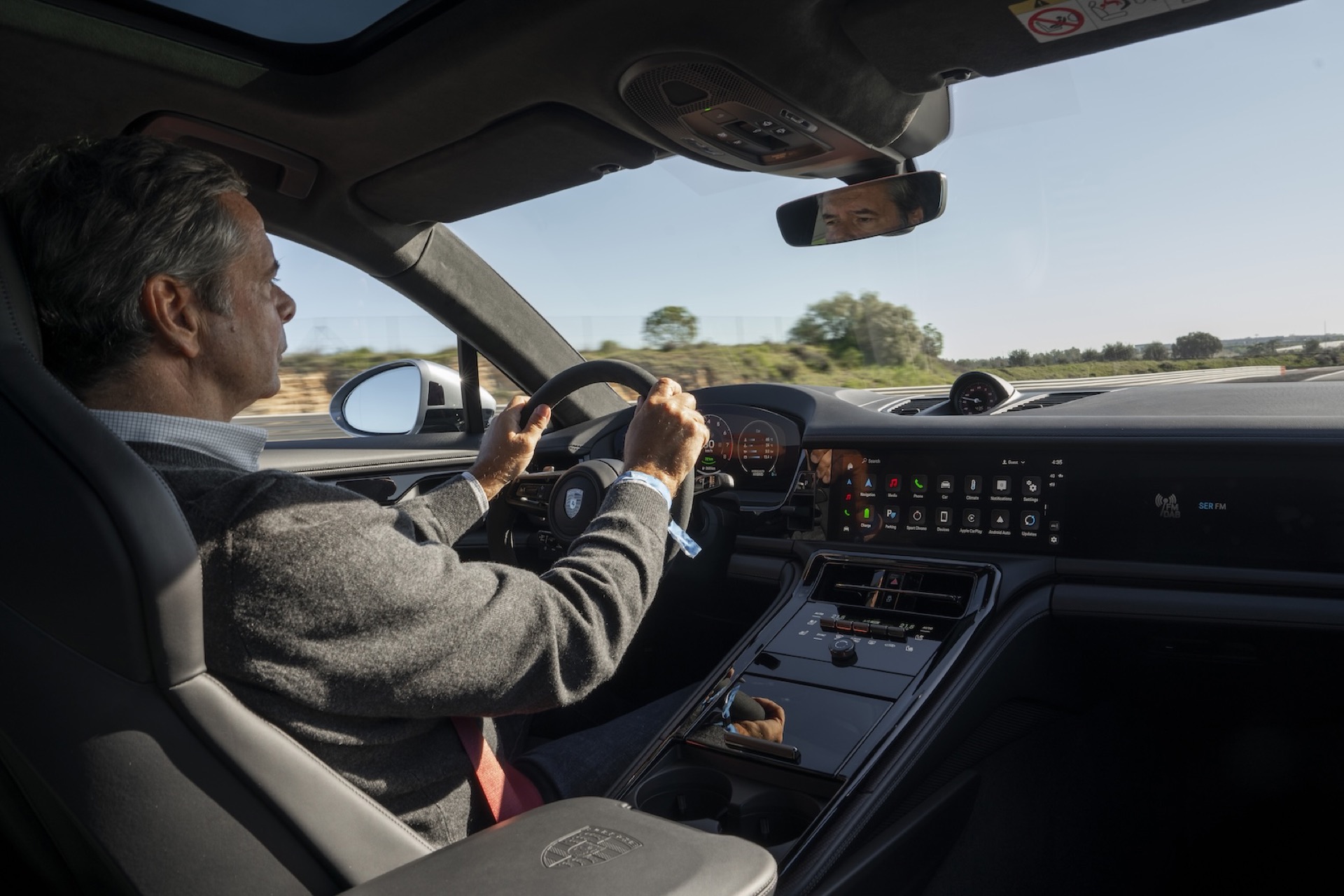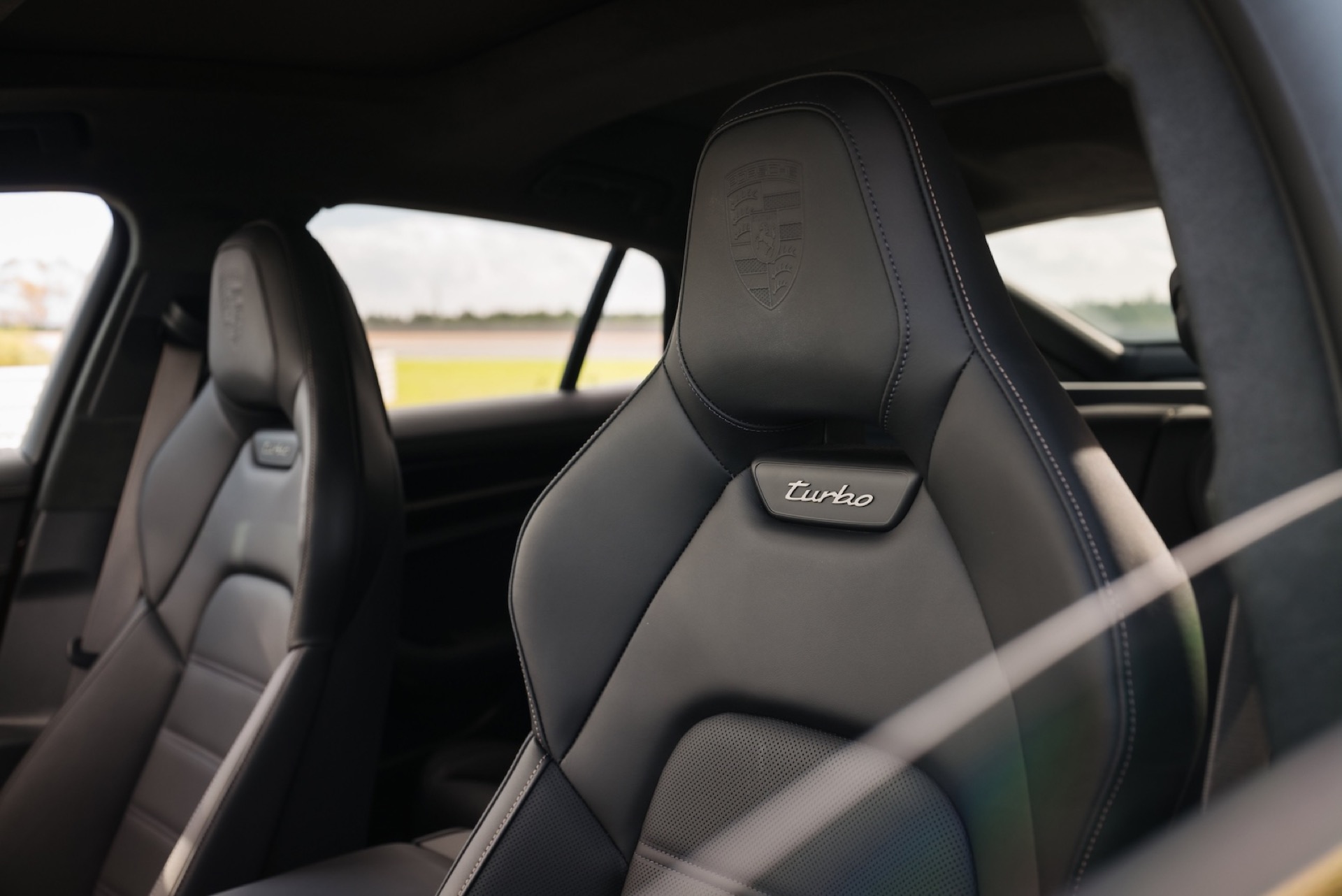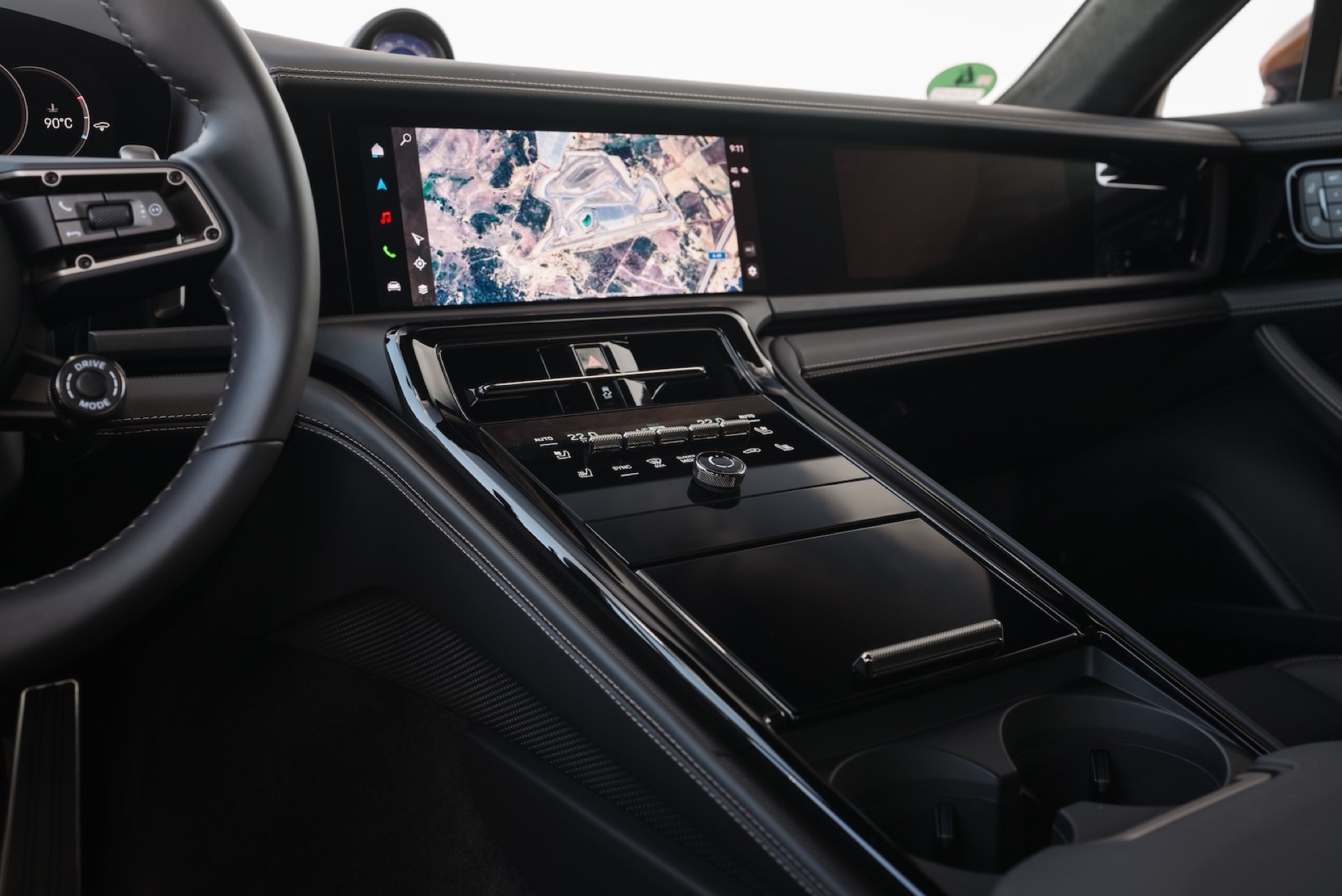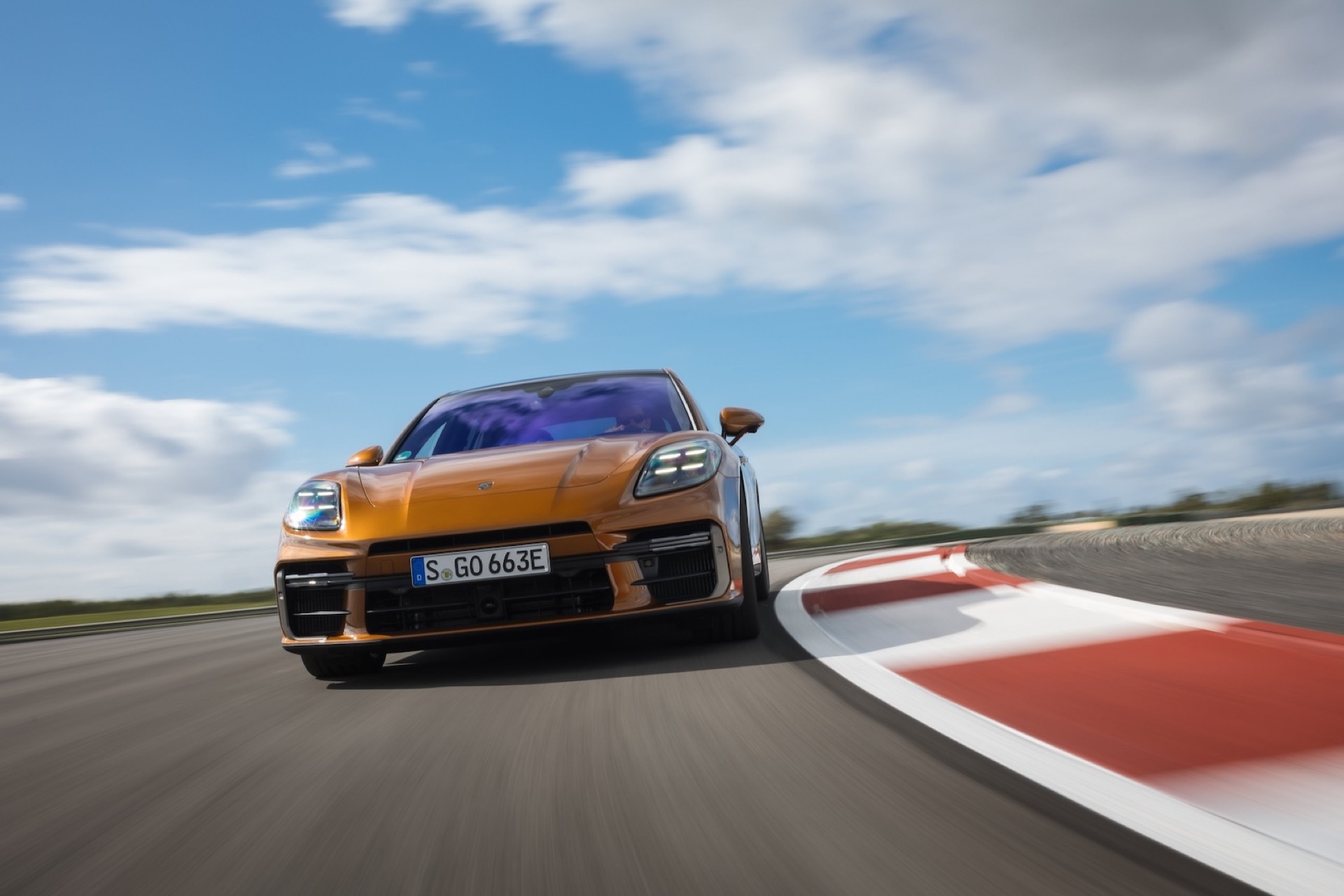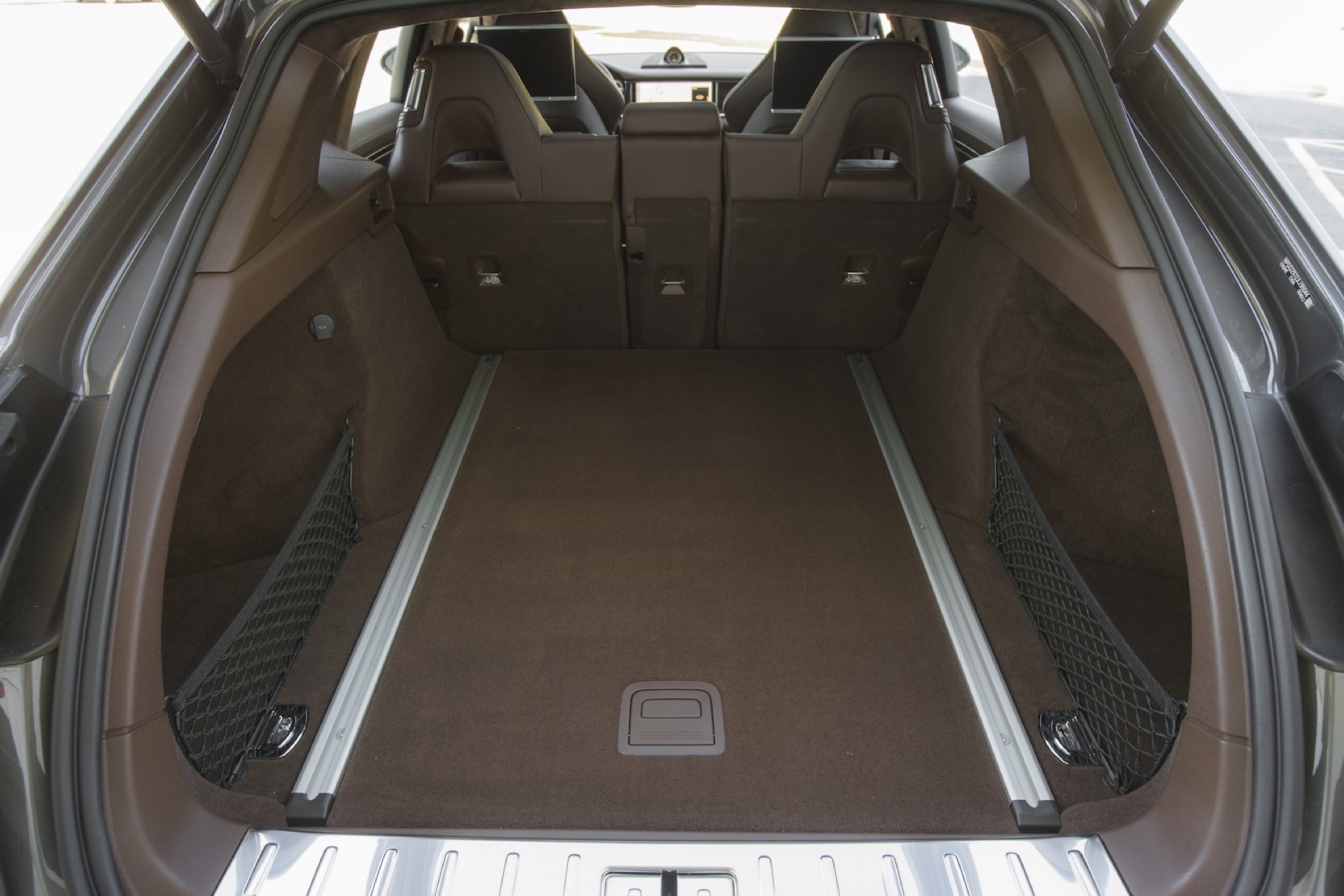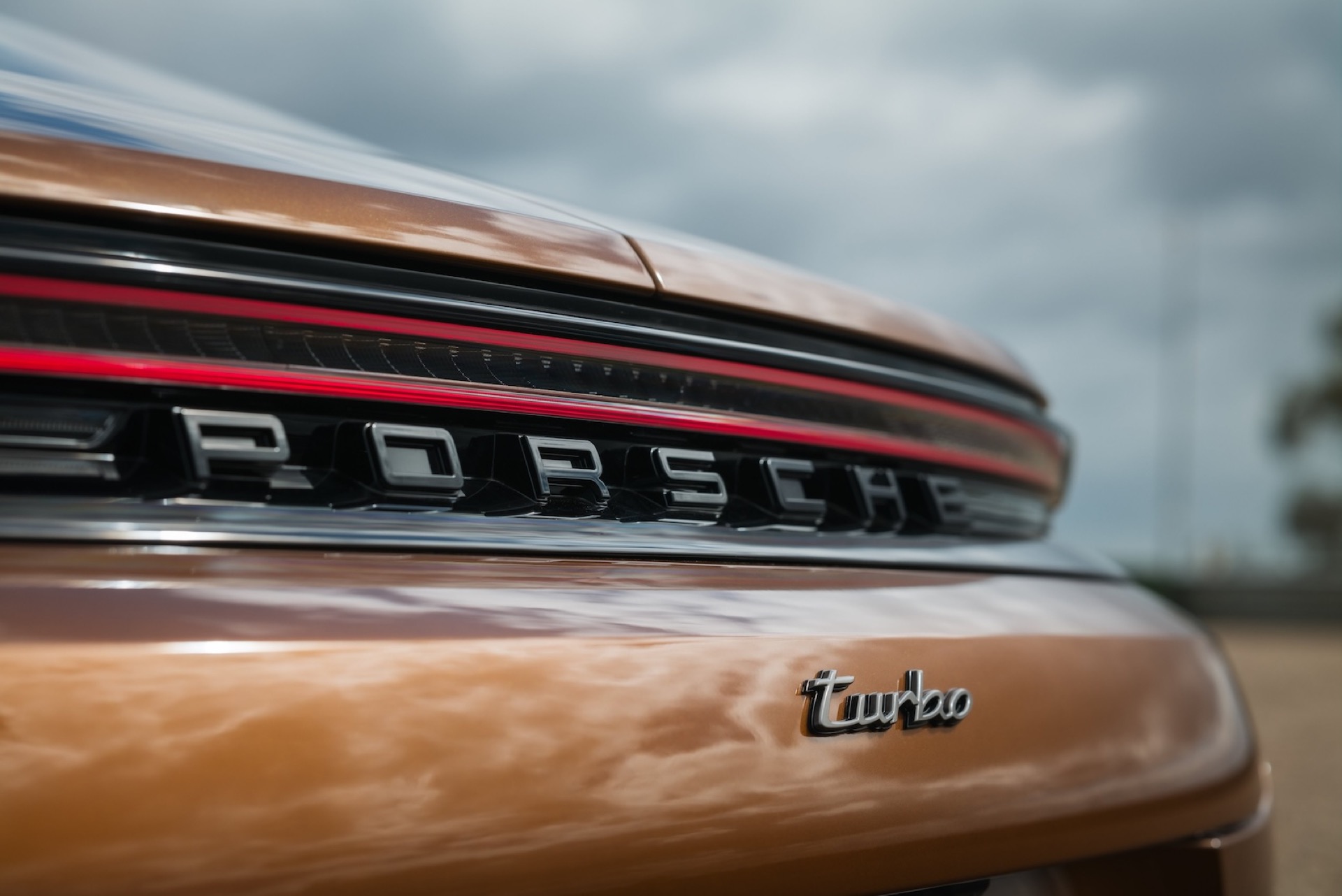The latest generation of the Porsche Panamera brings notable enhancements, including an upgraded chassis and a refined plug-in hybrid system. Perfect for those not yet ready for the all-electric Taycan, the new Panamera is a fitting choice.
The Panamera’s design, which has long overcome any aesthetic criticisms, now boasts lines reminiscent of the iconic Porsche 911. A new air intake above the number plate at the front meets the increased air demand of the powertrain, while the redesigned window line accentuates its sporty character. The interior retains the T-shaped structure of the dashboard, seen also in the Cayenne, with the gear selector now positioned on the dashboard. The standard cabin configuration includes four seats, but an option for a snug three-seat arrangement in the second row is available. The boot space in the plug-in hybrid variant is slightly smaller than the petrol versions (421 litres compared to 494 litres), but has increased slightly from its predecessor (403 litres).
The optional rear-wheel steering, no longer a novelty for Porsche, significantly enhances the stability and agility of the 5.05-metre-long Panamera. The new technology takes it a step further: “There are sensors that monitor lateral forces and increase the load on the tyres as needed to make the dynamics as effective as possible,” explains Ingo Albers, Head of Chassis Development. In pursuit of dynamic perfection, engineers have developed a sophisticated suspension system for the plug-in hybrid versions, optionally equipped with Active Ride Suspension.
This requires a 400-volt voltage to function, while the rest of the range features adaptive air suspension. The standard adaptive air suspension has two air chambers and a shock absorber with two electromagnetic valves for controlling compression and rebound. The air springs can adjust the vehicle’s ground clearance for different purposes: raising it by five centimetres for easier entry and exit, and lowering it in sportier driving modes to improve handling.

However, the major innovation is the Active Ride Suspension. “Each wheel and shock absorber has a hydraulic pump that regulates the pressure of the fluid, increasing or decreasing it as needed. This precise adjustment between compression and rebound makes a stabilisation with 48-volt technology unnecessary,” explains Thomas Friemuth, Head of the Panamera Product Range. The innovative suspension system keeps the body on track even during dynamic braking, steering, and acceleration manoeuvres.
When the relevant mode is activated, the suspension can neutralise the body’s pitch and roll movements, reducing the acceleration forces acting on the passengers. In this setting, the car leans into corners like a motorcycle (up to a maximum of 3 degrees), while during acceleration and deceleration, the front and rear are lowered (up to a maximum of 1.5 degrees). In Sport and Sport+ modes, these functions are inactive, and the suspension is configured to neutralise the body movements as much as possible.
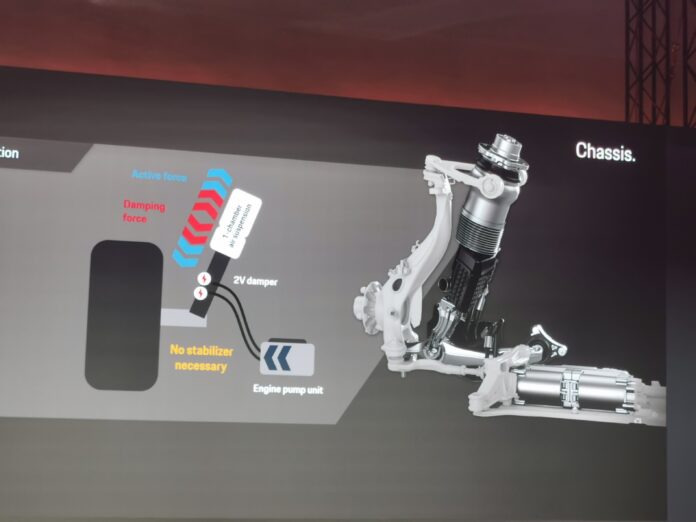
The Panamera Turbo E-Hybrid, with 500 kW / 680 PS / 930 Nm, is positioned between the 4S PHEV and Turbo S PHEV versions. The powertrain consists of a V8 turbo engine with increased injection pressure – from 250 to 350 bar -, reinforced pistons and connecting rods, and a new crankshaft, boosting the power from 441 to 519 PS. Additionally, the continuous output of the electric motor has increased from 45 to 80 kW, and the peak output from 100 to 140 kW. The electric top speed remains at 140 km/h.
The hybrid flagship model accelerates to 100 km/h in an impressive 3.2 seconds and reaches a top speed of 315 km/h, 17 km/h faster than before. Like the Cayenne, the battery now has a gross capacity of 25.9 kWh (previously 17.9), extending the electric range to up to 91 kilometres.
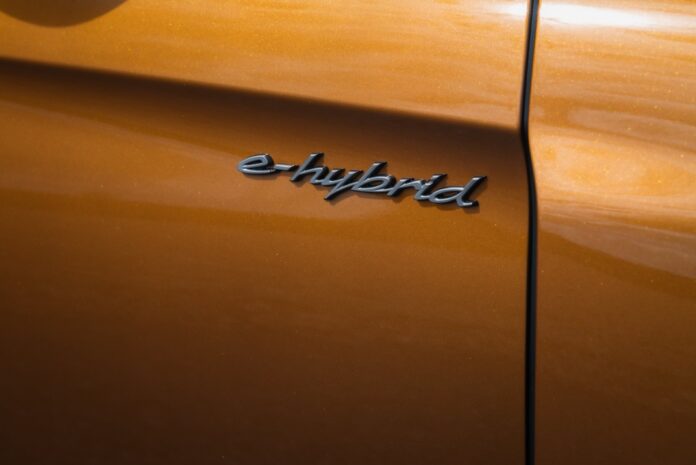
It is somewhat hard to accept that in a car costing at least 192,500 Euros, the onboard charger only has a power of eleven kilowatts, requiring over two and a half hours for the battery pack to charge. A few months after its launch, a second PHEV version with a 2.9-litre six-cylinder petrol engine will be released, becoming the second of four hybrid variants of the new Panamera alongside the 4S, Turbo, and Turbo S. Unlike the V8 power hybrid, the base Panamera with its 2.9-litre V6 drives like a completely different car, weighing almost 500 kilograms less than the Turbo E-Hybrid.
This makes it significantly more agile, particularly noticeable in corners and when accelerating out of them. And for those who prefer linear and natural driving behaviour, this model is just right, as the body movements are less filtered despite the corresponding air suspension. Naturally, the driving comfort is less refined, and uneven asphalt is more noticeable. Exactly right for those who want to enjoy a five-door 911.


